There are many reviews of the 2.8F – here I concentrate on the differences between the Rolleiflex 2,8 GX and F, why I bought a GX and my experiences with it having shot around 30 rolls of film. The featured image shows my Rolleiflex with two Chinese made Bay 3 to 43mm filter adapters, lens protection filters attached to both the taking and viewing lens, and a yellow filter attached over the taking lens. Zeiss 43mm clip-fit lens caps can also be fitted without having to remove the filters.
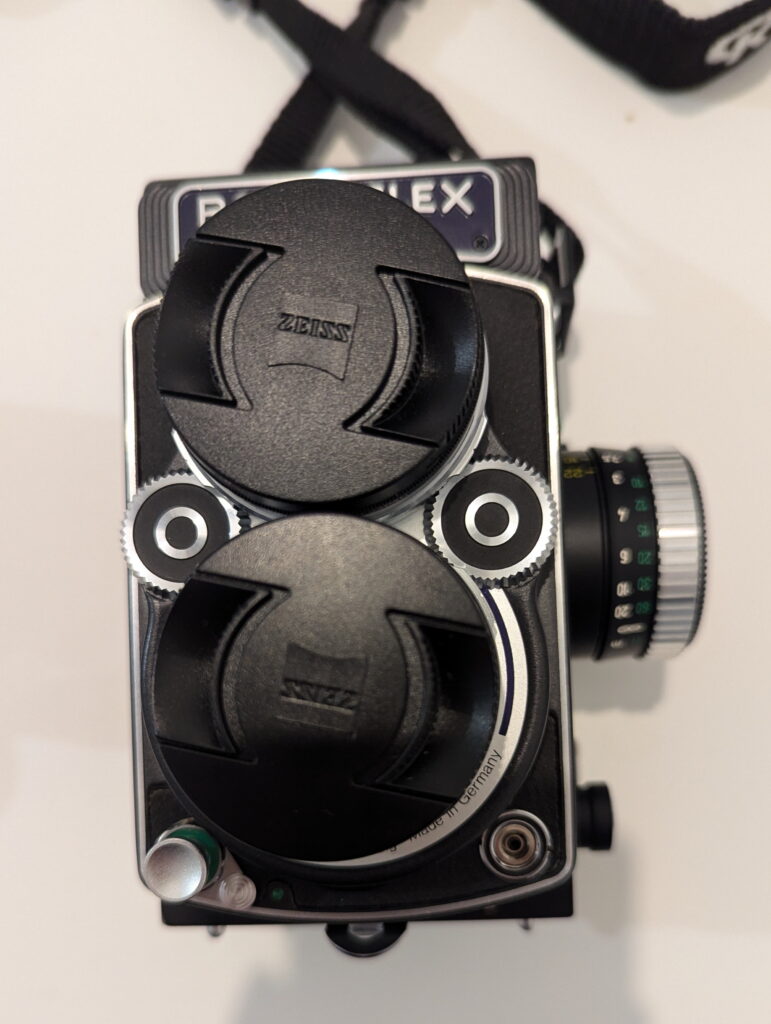
The Rolleiflex 2.8 has a long history in various incarnations dating back to 1949 – see camera-wiki.org/wiki/Rolleiflex or wikipedia.org/wiki/Rolleiflex for details. The series finally (?) came to an end in the insolvency auction in 2015 only a few years after the final model, the FX-N, had been released. Not only cameras but also production equipment were sold off. But a rolleiflex.us website still exists…
“Rolleiflex” is a camera name, the 2,8GX being manufactured by Rollei Fototechnic GMBH; “Rollei” is now a name used for a range of films produced by Maco of Germany.
Why did I buy a Rolleiflex 2,8GX? I’ve owned both a 3.5 (model B) and a 2.8F “white face”, as well as a Rolleicord recently, which I used for a while and then sold, so why did I buy another? Several things attracted me to the GX over the earlier models:
1. The lenses have modern coatings resulting in a more modern (sharp, contrasty) looking image. I’m not a portrait photographer, if I was the decision might have favoured the softer look of the F.
2. The film loading system is a manual one requiring aligning the “start” line on the film with two red dots on the camera body. The automatic loading system of the F sometimes fails particularly on modern thin films such as those marketed under the Rollei name, and I am a user of Rollei films in 35mm and 120 format.
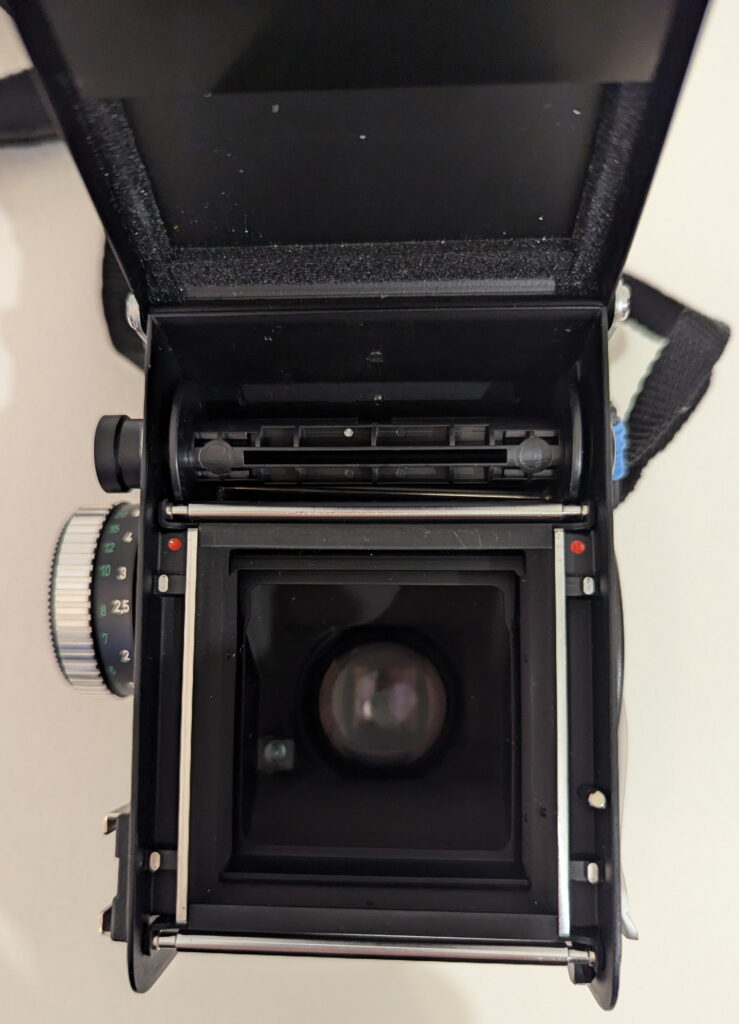
3. The screen on the GX is much brighter than that on the F (of course a “brightscreen” can be retro-fitted to the F), and the GX is of course newer than the F.
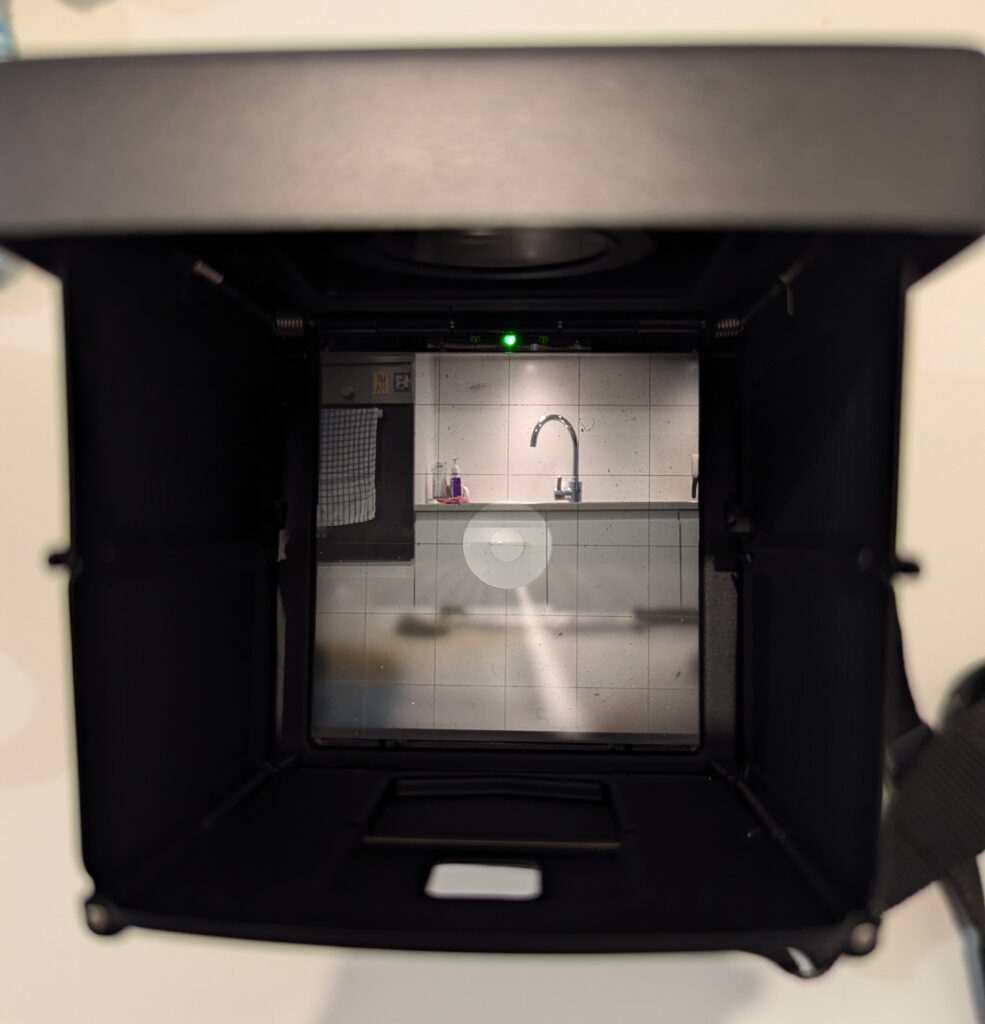
One other major difference that did not particularly matter to me since I regularly use incident light metering is:
4. The Rolleiflex 2,8GX has a built-in centre-weighted meter
However, since getting used to the Rolleiflex 2,8GX, I have come to trust and use the meter even though incident light metering is easier than centre-weighted (the latter requires exposure adjustment depending on the brightness of the metered area relative to “mid-grey”). The meter indicates the correct exposure by an LED light system – red being a stop or more under (left side) or over (right side), orange half a stop, and green “correct”. But there is an additional hassle. Metering is done through the viewing lens not the taking lens. So if you put a filter on the taking lens you have to adjust aperture or shutter speed to correct for the filter factor, or lower the film speed by the filter factor.
There seems to be heated debate on the internet regarding the ‘lack of robustness’ or ‘plasticky’ feel of the GX compared to the F. The two cameras weigh virtually the same, and I have found no evidence of inferior quality other than the PTFE being torn (see below) and the plastic part of the strap not the camera.
According to camera-wiki my model was made in 1995 or 1996, but the coded serial number indicates 1997. I had spent some time searching for a GX or FX with many ‘mint’ condition cameras appearing on ebay but few in the shops. Eventually I bought the camera off ebay in the UK, having met the person selling the camera who said he had put only one film through it to test the camera. The camera looked brand new and the PTFE liner on the film pressure plate was undamaged suggesting the camera had been a shelf queen all it life. What a waste! After I had put half a dozen or so films through the PTFE started to show signs of wear (the plastic end of the film spool gradually cuts through the liner). This has no significant consequence in terms of image taking, ease of loading or ease of wind on.
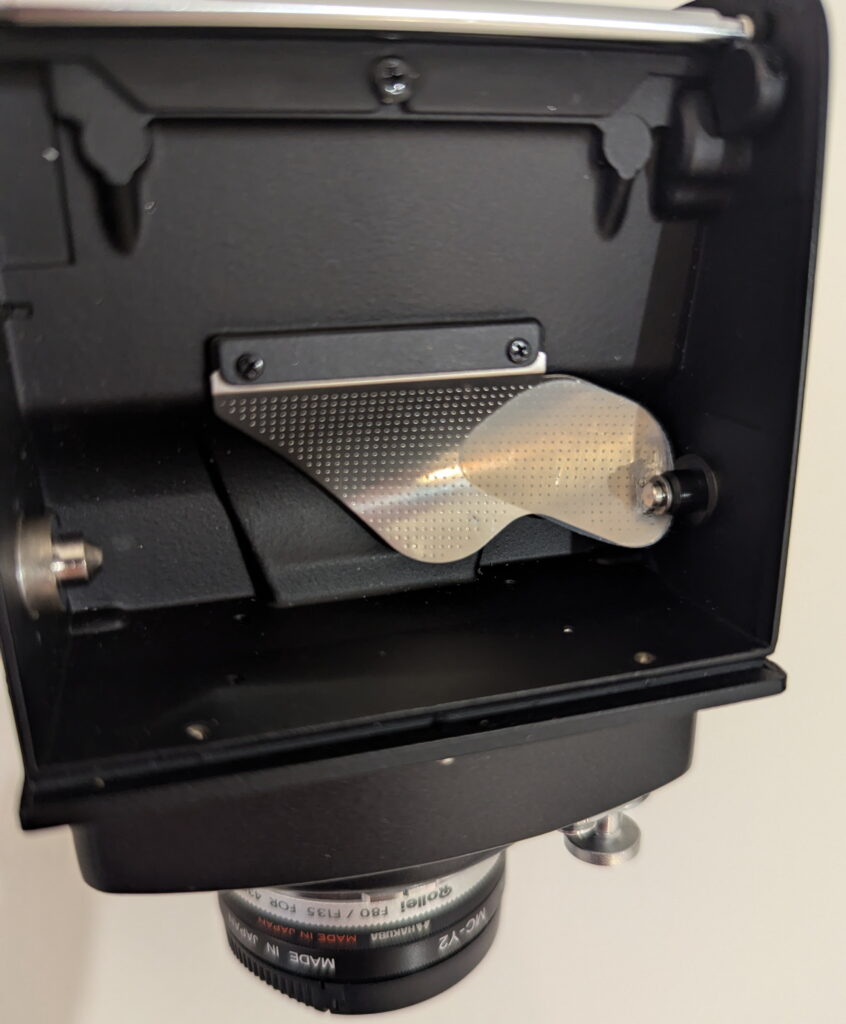
So how has the Rolleiflex 2,8GX been? A joy to use! One thing to note is after loading a new film, after winding on to frame 1, then you need to rewind the handle through a full turn to be sure of correct operation. I have had zero camera errors leading to lost or incorrectly exposed frames, the viewfinder has been wonderful and the meter is accurate. I generally carry the camera using a wrist strap where it is inconspicuous. Only once have I been approached by another cameraman (carrying a 100mpxl Hasselblad) and his student (with an A7Riv) who wanted to know if you could still buy film! Oh dear!
Share this post:
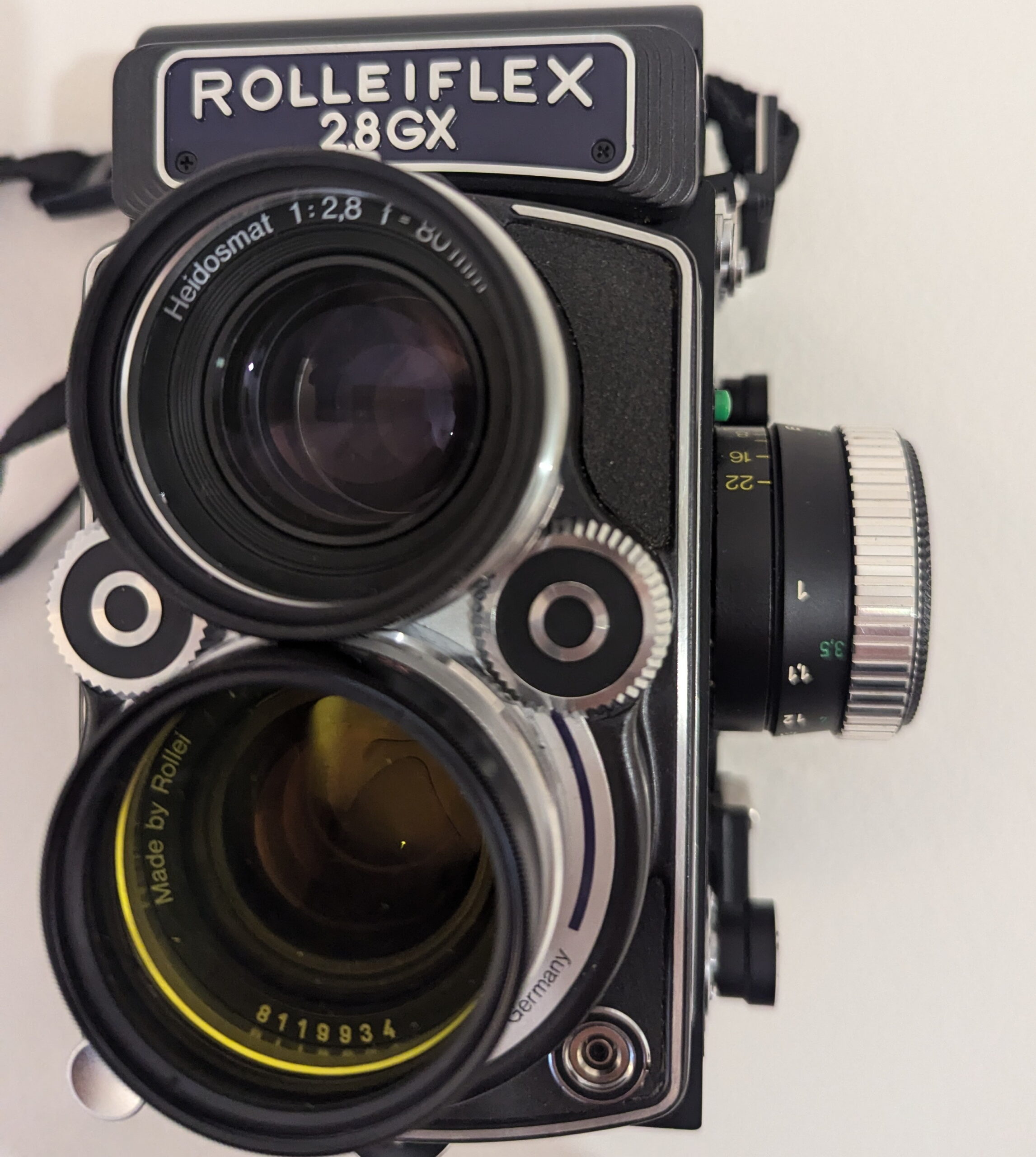
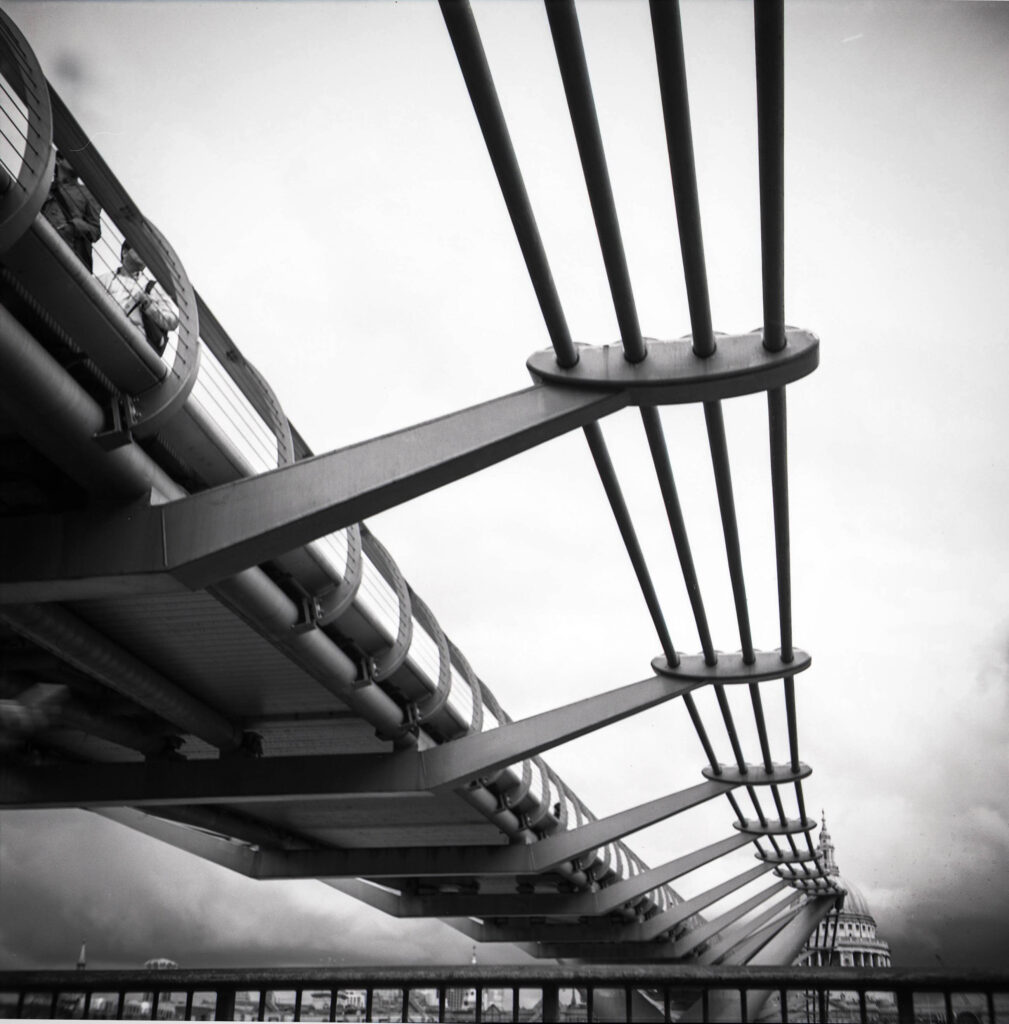
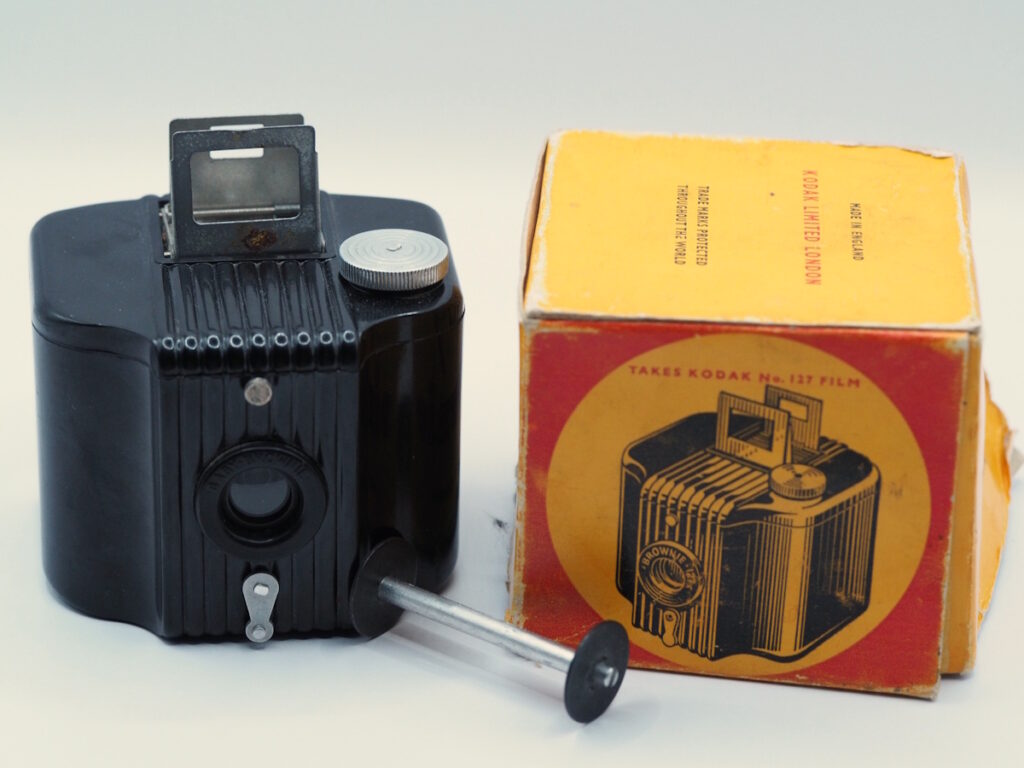
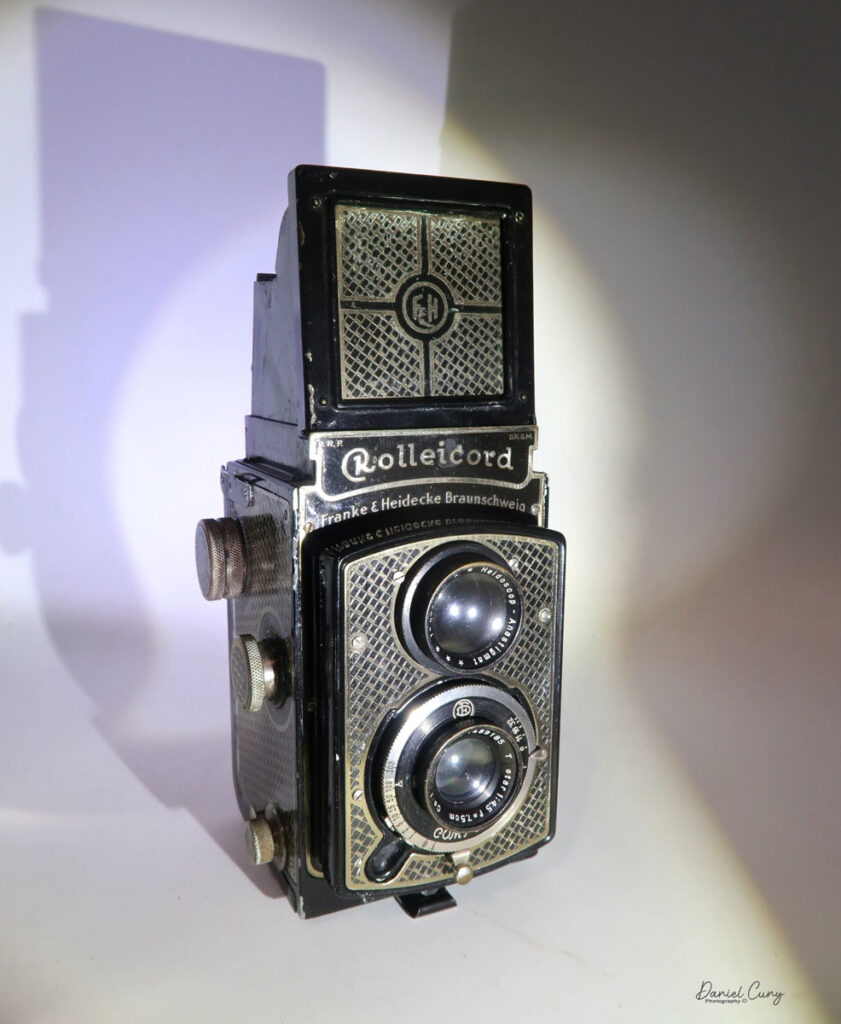
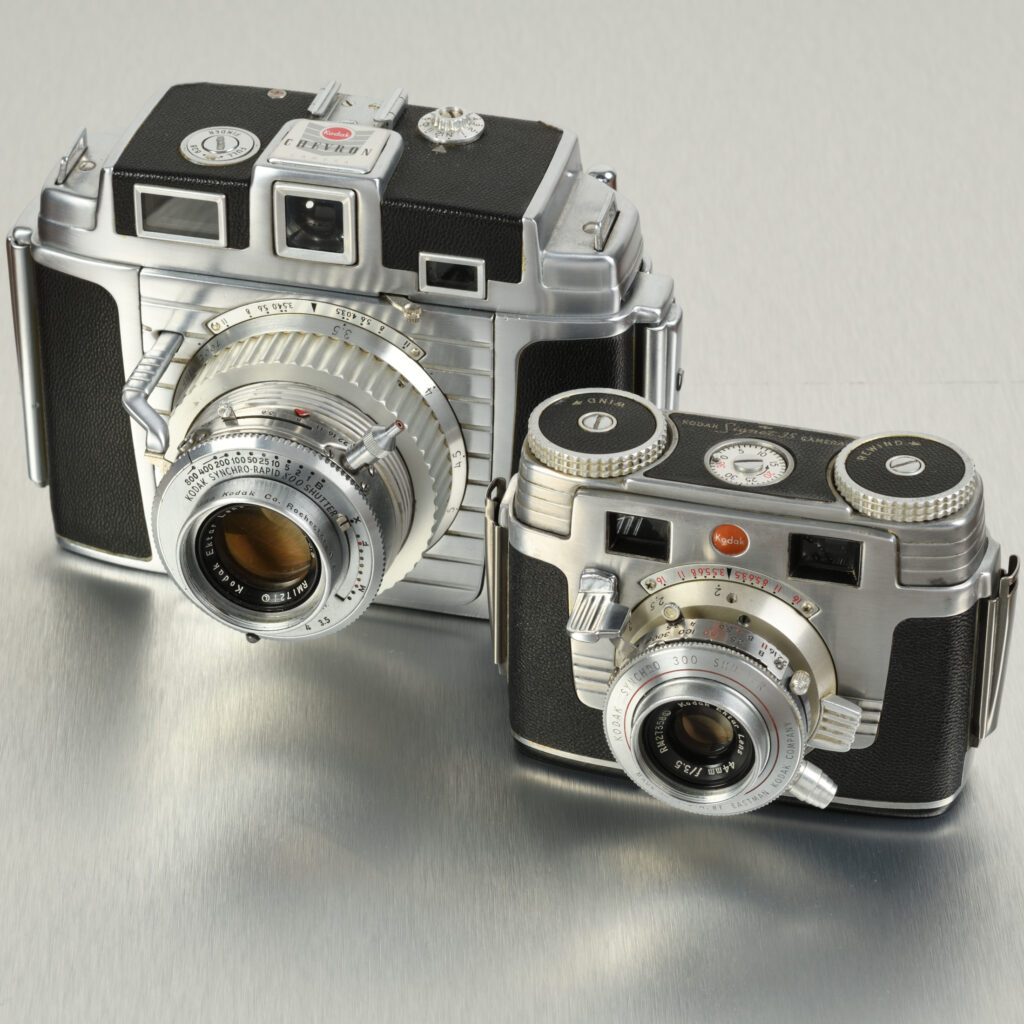




Comments
Louis Sousa on Rolleiflex 2,8GX – A Short Review and Comparisons with the 2.8F
Comment posted: 23/12/2024
Comment posted: 23/12/2024
Comment posted: 23/12/2024
Ibraar Hussain on Rolleiflex 2,8GX – A Short Review and Comparisons with the 2.8F
Comment posted: 23/12/2024
A few years ago, just when DHW Fototechnik went bust in 2015 I was about to pull the trigger on a Rolleiflex 2.8 FX one of the last made, as they were selling off all stock at discount prices.
I regret not doing so.
Comment posted: 23/12/2024
Comment posted: 23/12/2024
Comment posted: 23/12/2024
Comment posted: 23/12/2024
Jeffery Luhn on Rolleiflex 2,8GX – A Short Review and Comparisons with the 2.8F
Comment posted: 23/12/2024
Thanks for your post! That is an expensive camera! I have a Rolleicord and a Mamiya 330, and I was still interested in the model you describe. It sounds nice. Have you done any lens performance tests with older TLRs?
Comment posted: 23/12/2024
Matthew Bigwood on Rolleiflex 2,8GX – A Short Review and Comparisons with the 2.8F
Comment posted: 23/12/2024
Comment posted: 23/12/2024
Kodachromeguy on Rolleiflex 2,8GX – A Short Review and Comparisons with the 2.8F
Comment posted: 24/12/2024
Comment posted: 24/12/2024
Huss on Rolleiflex 2,8GX – A Short Review and Comparisons with the 2.8F
Comment posted: 30/12/2024
I kept my GX but sold my perfect condition 2.8E because those era cameras are now prone to lens separation due to age. And as far as I know, while techs still service Rolleiflexes, no-one is willing to repair lens separation in them.
So I sold it before it happened (and who knows - maybe it would have been fine for the next few decades?) which was ok as the GX has a much better focusing screen, and the excellent built in meter.
Comparing the two, the old Rolleiflexes are definitely much better built than the last batch. Everything is smoother and more solid feeling, and cost cutting can be seen on the FX/GX. For example, on the focus knob the old cameras had the markings engraved and filled in. On the FX/GX they are printed on which can wear off if one is clumsy.
The VF hood mechanism is much better engineered on the old cameras, the new ones are more fiddly and less solid.
As mentioned the old ones have the auto load but this is actually where I prefer the new regular load system, as it never needs to be adjusted, works properly with any film and is one less thing to worry about.
The old ones have a much smoother shutter button release because the news ones have the half stage to trigger the meter. It would have been nice if they just had a separate button top trigger the meter, and kept the old silky smooth shutter button action.
With all those thing I much prefer the newer FX and GX because they are better shooters. The things that matter in actual picture taking - the brighter screen with split image, the light meter, the better lens coatings, the lack of lens separation - make it worth while.
Comment posted: 30/12/2024